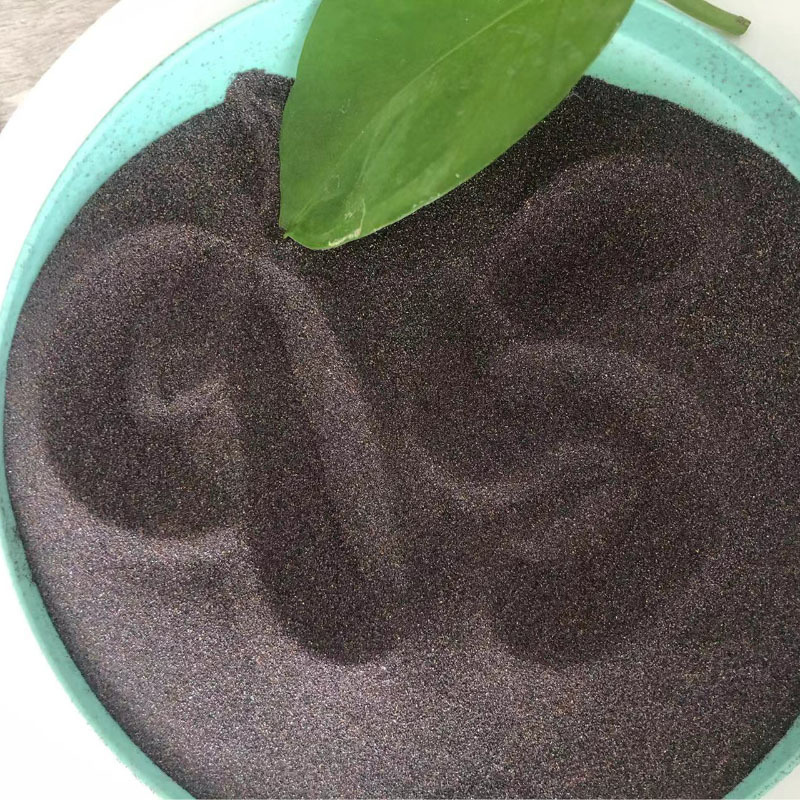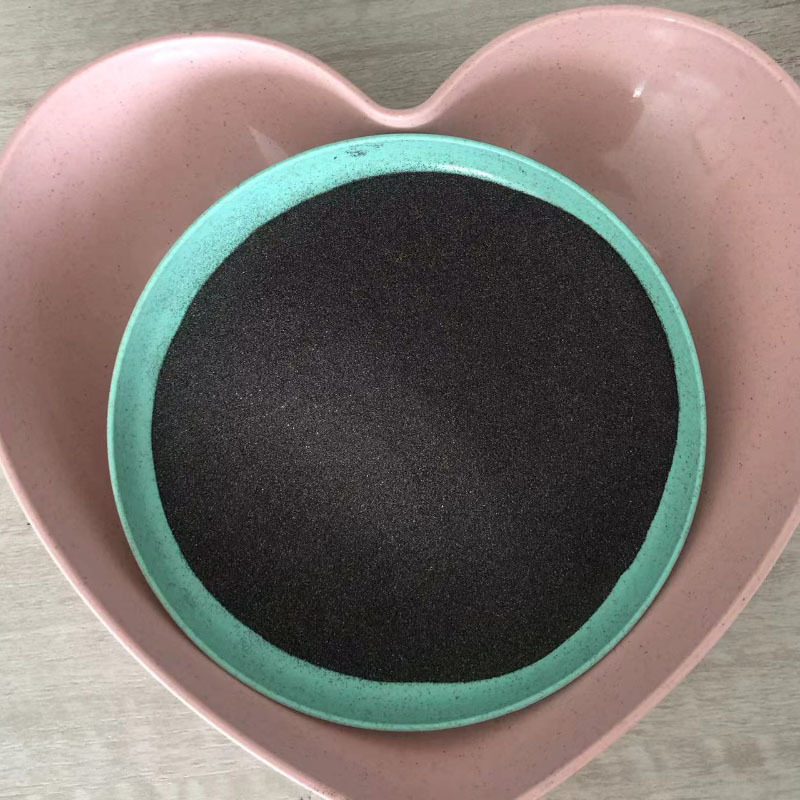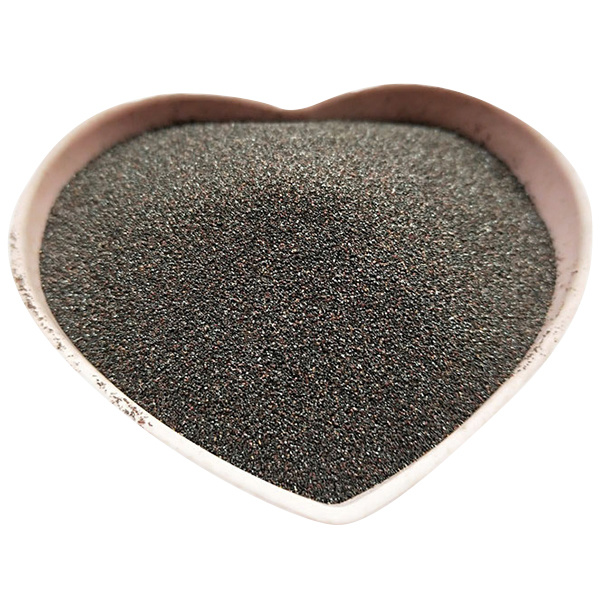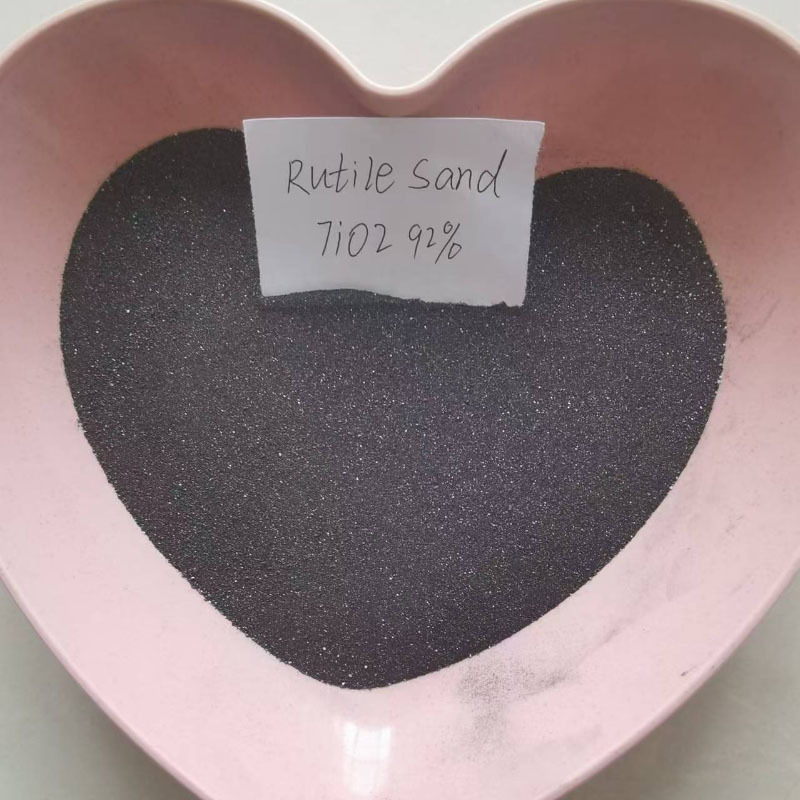Understanding Calcine Rutile Sand 95%: A Key Material in Advanced Chemical Applications
Release Time:
Jun 26,2025
Calcine Rutile Sand 95% is derived from natural rutile, which is primarily composed of titanium dioxide (TiO2). The calcination process enhances the purity of the sand, increasing the TiO2 content to approximately 95%. This high level of purity makes Calcine Rutile Sand an invaluable resource in a wide range of applications, particularly in the chemical and materials sectors. One of the primary ad
Calcine Rutile Sand 95% is derived from natural rutile, which is primarily composed of titanium dioxide (TiO2). The calcination process enhances the purity of the sand, increasing the TiO2 content to approximately 95%. This high level of purity makes Calcine Rutile Sand an invaluable resource in a wide range of applications, particularly in the chemical and materials sectors.
One of the primary advantages of Calcine Rutile Sand 95% is its excellent thermal stability and resistance to chemical corrosion. This makes it suitable for high-temperature applications and environments where chemical exposure is a concern. Consequently, it is often employed in the manufacture of ceramics, glass, and refractory materials, where durability and performance are paramount.
In the coatings industry, Calcine Rutile Sand serves as a white pigment that enhances the opacity and brightness of paints and coatings. Its high refractive index allows for effective light scattering, which contributes to superior coverage and color retention. Additionally, its fine particle size ensures easy dispersion in various formulations, thereby improving the overall quality of the final product.
The production of Calcine Rutile Sand involves several stages, including mining, grinding, and the calcination process itself. Each step is crucial in ensuring the final product meets the stringent quality standards required for industrial applications. The calcination process typically occurs at high temperatures, which not only increases the TiO2 content but also alters the crystalline structure of the mineral, enhancing its performance characteristics.
Moreover, the sourcing of Calcine Rutile Sand should be approached with consideration for environmental sustainability. Many manufacturers are now seeking ways to minimize their ecological footprint by implementing responsible mining practices and exploring alternative materials that can deliver similar benefits.
When considering the integration of Calcine Rutile Sand 95% into your production processes, it is essential to assess the specific requirements of your application. Factors such as particle size distribution, purity levels, and compatibility with other materials should be carefully evaluated to optimize performance outcomes.
In conclusion, Calcine Rutile Sand 95% stands out as a versatile and high-performance material in the realm of new chemical materials. Its unique properties make it a crucial component for various industries, ensuring reliability and efficiency in demanding applications. Embracing this advanced material can lead to significant improvements in product quality and operational effectiveness.
One of the primary advantages of Calcine Rutile Sand 95% is its excellent thermal stability and resistance to chemical corrosion. This makes it suitable for high-temperature applications and environments where chemical exposure is a concern. Consequently, it is often employed in the manufacture of ceramics, glass, and refractory materials, where durability and performance are paramount.
In the coatings industry, Calcine Rutile Sand serves as a white pigment that enhances the opacity and brightness of paints and coatings. Its high refractive index allows for effective light scattering, which contributes to superior coverage and color retention. Additionally, its fine particle size ensures easy dispersion in various formulations, thereby improving the overall quality of the final product.
The production of Calcine Rutile Sand involves several stages, including mining, grinding, and the calcination process itself. Each step is crucial in ensuring the final product meets the stringent quality standards required for industrial applications. The calcination process typically occurs at high temperatures, which not only increases the TiO2 content but also alters the crystalline structure of the mineral, enhancing its performance characteristics.
Moreover, the sourcing of Calcine Rutile Sand should be approached with consideration for environmental sustainability. Many manufacturers are now seeking ways to minimize their ecological footprint by implementing responsible mining practices and exploring alternative materials that can deliver similar benefits.
When considering the integration of Calcine Rutile Sand 95% into your production processes, it is essential to assess the specific requirements of your application. Factors such as particle size distribution, purity levels, and compatibility with other materials should be carefully evaluated to optimize performance outcomes.
In conclusion, Calcine Rutile Sand 95% stands out as a versatile and high-performance material in the realm of new chemical materials. Its unique properties make it a crucial component for various industries, ensuring reliability and efficiency in demanding applications. Embracing this advanced material can lead to significant improvements in product quality and operational effectiveness.
Keywords:
You Can Also Learn More About Industry Trends






